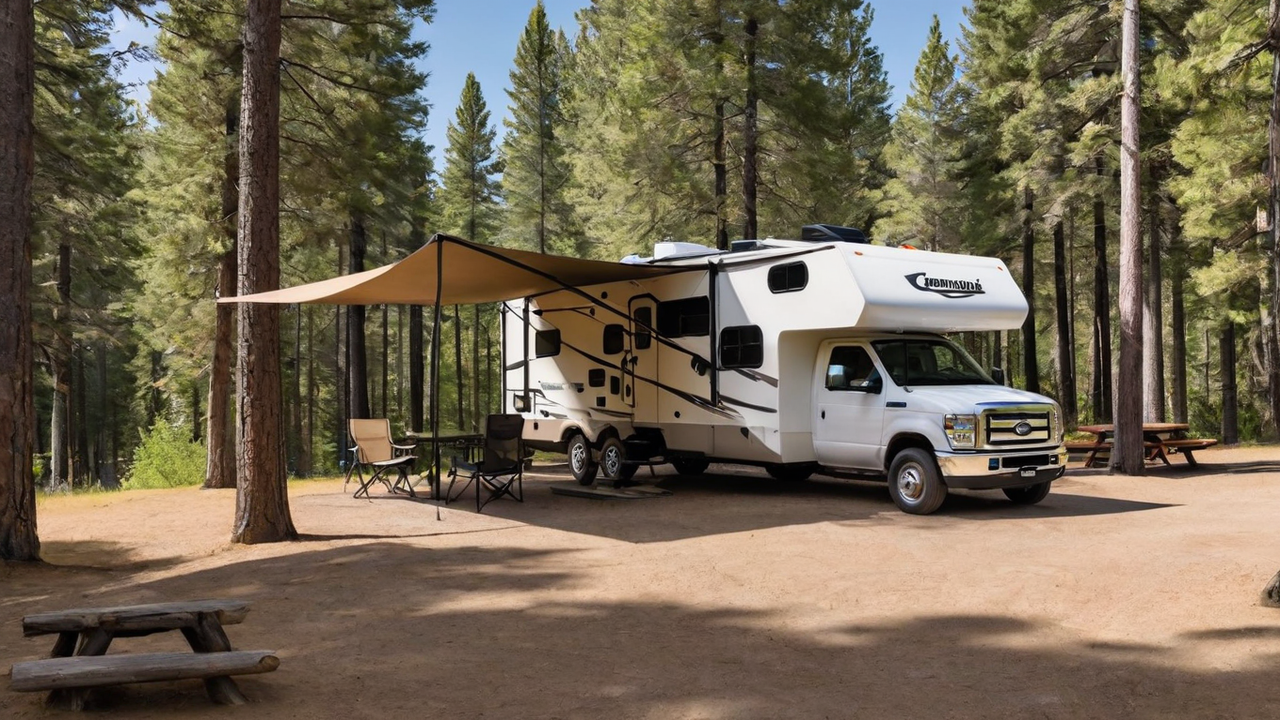Crafting an Ultimate User's Experience: Design Guidelines for Camping Software
Crafting an Ultimate User's Experience: Design Guidelines for Camping Software
Blog Article

Grasping The Audience
Knowing which your intended audience are essential in creating an effective user experience. It's crucial to consider their requirements, preferences, and technology savviness. Such insight leads the designing decision, guaranteeing that the program is accessible and intuitive.
Knowing your users also implies recognizing the obstacles and how they intend to use your campground software. It enables the designers to tailor functions and capabilities that meet specific needs, therefore making the application not only useful but also essential.
Simplifying the Navigation System
Simplifying your navigation is a critical component of user interface designing. A straightforward navigation structure guarantees users can quickly locate what they're looking for, cutting down frustration and improving user satisfaction. It's about the experience inside the app as seamless as possible.
Moreover, effective navigation guides users throughout the software, emphasizing features and capabilities that they otherwise miss. This an strategy not only enhances usability but also promotes deeper engagement with the campground software full range of capabilities.
Integrating High Quality Graphics
Visuals play an important part in creating an attractive user interface. Visuals assist in breaking text and can also illustrate features more clearly than description alone. Choosing the correct images, icons, and color schemes can improve the overall look of the application, making it more visually attractive to the users.
Additionally, visual consistency is essential for building a strong brand identity and trustworthiness among users. Every element must be in alignment with the brand's principles and the overall message of your application, creating a seamless user experience that is both polished and welcoming.
Improving the Responsiveness
In today’s online world, people expect campground programs to be fully responsive on all devices, from desktop computers to smartphones. A responsive interface guarantees that no matter of the device size, the application provides an optimal experience. It not only increases accessibility but likewise caters directly to your audience's mobile lifestyle.
Additionally, improving your software’s responsiveness could lead in improved performance, minimizing the loading time and avoiding frustration. Visitors value a speedy and efficient interaction when accessing camping software, which makes speed an aspect in satisfaction levels.
Enhancing the Search Functionality
Finding data swiftly is fundamental in any kind of software, especially in campground management. Optimizing your search functionality enables visitors to effortlessly discover what they're looking for, which improves their satisfaction and productivity. By smart search capabilities, you reduce the frustration and improve general satisfaction.
Moreover, advanced search options such as filtering options and tagging can aid in narrowing down search results, making the process even efficient. Implementing these functionalities demonstrates a understanding of your user’s needs and a commitment to making their experience with your campground system as seamless and effective as possible.
Focusing on User Security
Security is a top priority when it comes to designing campground software. Users want to be secure when inputting their private data. Guaranteeing tight security protocols not only secures their data but also builds trust between the user and the brand.
Beyond basic security features like passwords and encryption, consider adding additional security measures such as two-factor authentication or biometric verification. These features provide an extra layer of security, ensuring that user data is kept safe from unauthorized access.
Leveraging Feedback
Listening to feedback is crucial for continuous enhancement of the campground software. It allows developers to understand what works, what doesn’t, and how the software can be improved to meet user expectations. Actively seeking this type of feedback builds a partnership between your customers and your development team, which makes them feel they are part of the product's journey.
Incorporating this feedback into account can result in noticeable enhancements in UI design and overall user experience. Implementing changes based on actual input proves that your brand cares about its users and is committed to providing a top-notch experience.
Keeping Simplicity
Among design, simplicity is key. A unnecessarily complex UI can confuse users, leading in a poor UX. Keeping things simple, on the other hand, helps the software easier to understand and navigate. This encourages greater engagement and satisfaction levels.
Moreover, keeping simplicity should extend to your software’s content and functionality. Avoiding unneeded features that don’t contribute real value can help ensure that your interface remains clean and focuses on meeting the essential needs of your end-users. By doing so, check it out you can craft a more effective UX that appeals with your target audience.
Report this page